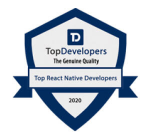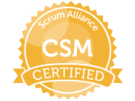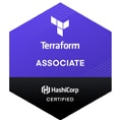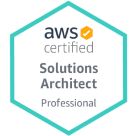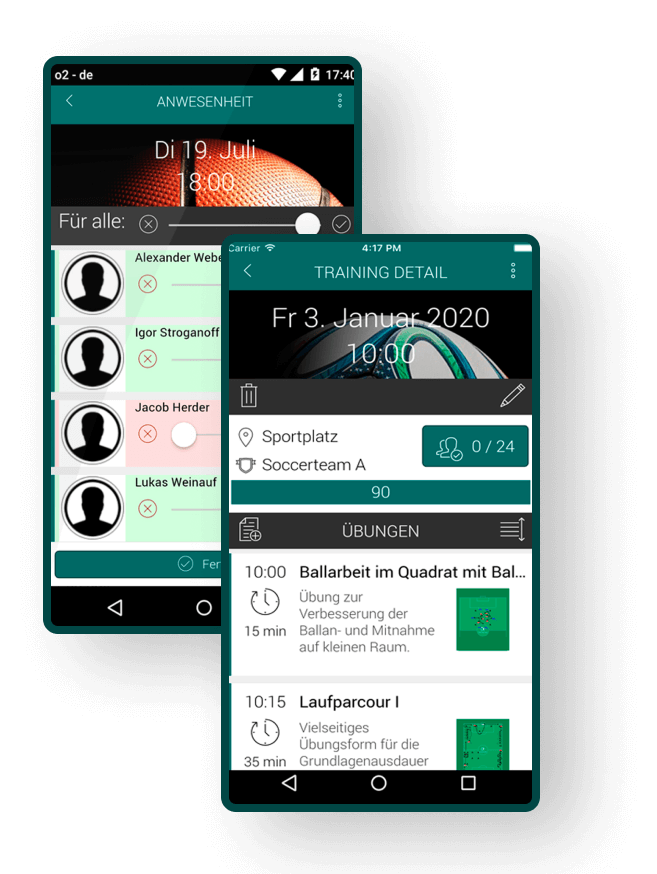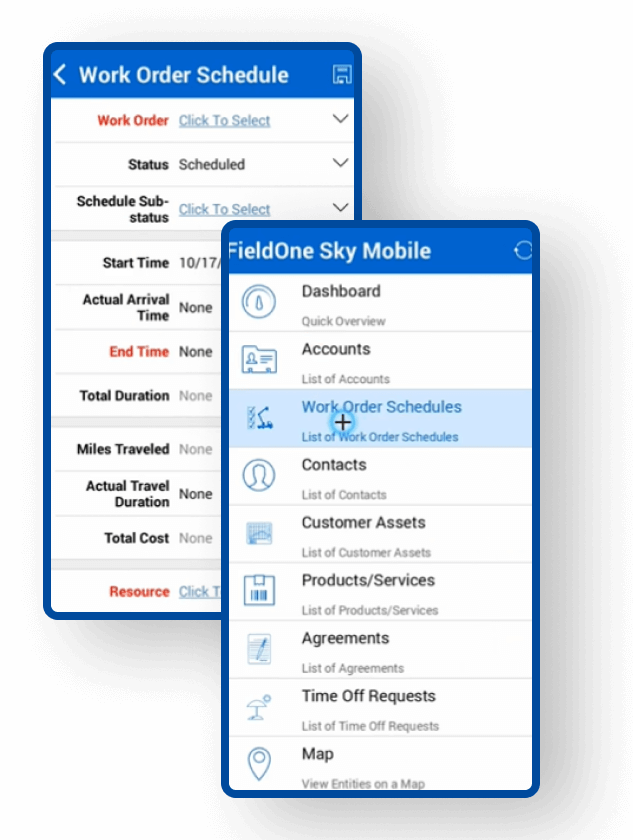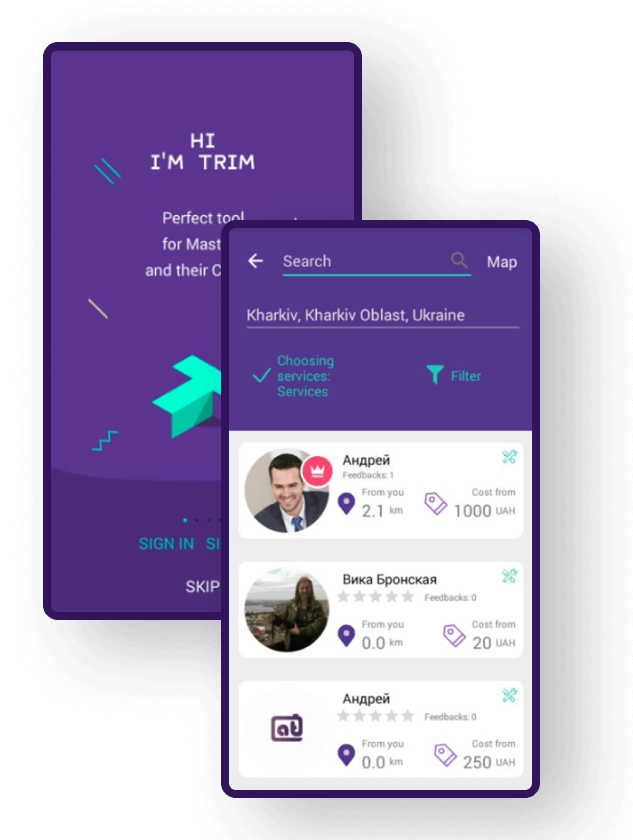Get a free idea evaluation. Click here to opt for a project roadmap.
Cross-Platform Application Development
Are you looking to decrease time to market wisely? We are here to help you with cross-platform development.
Our developers allocate available resources skillfully reusing existing source code for mobile platforms.
Benefits from Cross-Platform Development
Cross-platform development services might be an answer to your concerns regarding:
Our services
Awards and certifications
IT Craft can help. Contact us for a free project estimate.
What is your goal? New app? Expanding an existing app? Reengineering?
TECHNOLOGIES
industries where we excel
-
Show more
HealthTech
Apps for doctors, CRM systems for clinics administration, patient data management solutions.
-
Show more
Logistics
Warehouse management, asset tracking systems, route planning, and optimization software.
-
Show more
Fantasy Sports & Gaming
White label fantasy sports software, flexible approach, any degree of customization.
-
Show more
FinTech
Financial marketplaces, cryptocurrency trading solutions, payroll solutions.
-
Show more
Ecommerce
Online stores, catalogs, POSs, retail shops.
-
Show more
Education
Let users progress at a pace using your app for learning and practicing when they have a free minute.
Our clients' success stories.
We love to hear what they say about us.
Stories of people impressed by our service offerings
questions from our clients
There is no best platform. The app can be launched using Ionic, React Native, Flutter, or even a Native platform. It depends on specific app requirements, planned integrations, availability of source code, etc.
Looking for an answer for your project? Call us for a tech consultation.
Cross-platform code is source code that is developed using a non-native language (e.g., C#). This code is then either translated into native code or executed via a built-in runtime machine.
Usually, app maintenance costs 15% – 20% of initial cross-platform app development costs.
Maintenance service costs depend on the quality of produced source code, availability of project documentation, and amount of technical debt. Costs tend to increase when the product owner fails to update app technologies.
Unfortunately, there is no upfront answer. A specific amount depends on complexity of planned functionality and quality of the app source code. To provide a correct estimate, it is necessary to do a discovery stage.
Two options are possible depending on the project size and detailed requirements.
For a small project with clear scope, a fixed-price model is possible. The client pays 50% of project costs upfront. The rest is due after the app launch.
For mid-size and large projects with no definite scope of work, the client pays by milestones based on the scope of work done on the project.






